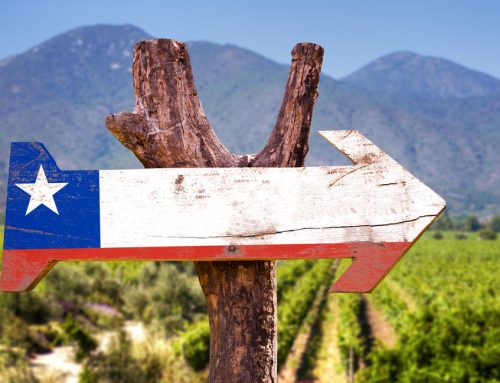
A good example of an Appellation of origin is Coffee, since it is a product that is known for it geographical indication.
It is obvious that industrial property and distinctive signs in general have many purposes, which one of those is to add value to products and / or services that are protected by them. This added value can overcome the intrinsic value of the product and / or service offered on the market.
In this order of ideas, distinctive signs are essential for companies, thanks to the economic value that they represent. Under the wide category of distinctive signs, we can find different types, each one of them with particularities, in which you can find trademarks, commercial names, geographical indications, between others.
The distinctive sign in the commercial trademark, however, as it is becoming more sophisticated in the production of goods, this in itself is not enough to reflect all the intangible values hat can have certain products in the market. Therefore, trying to make the most of the qualities of each product, specifically those related to the place of origin, origin and tradition, that are configured by their geographical indication.
The geographical indications:

Two types of distinctive signs that can be recognized: appellations of origin and indications of origin.
Geographical indications, as distinctive signs, have the primary function of vindicating own qualities and reputation of products in relation to the place and conditions where they are produced. There’s two types of distinctive signs that can be recognized: appellations of origin and indications of origin. The conceptual difference between these two types is the degree or level of involvement of the qualities of the product with the geographical area of their origin.
Therefore, it can be inferred that the appellation of origin is mainly characterized in the special reputation of the products, the geographical conditions and human factors involved in its preparation; meanwhile, indications of source are a mere mention of where the products come from.
Nowadays, we can say that the appellations of origin have had an awakening, especially in Latin American countries where producers have seen these distinctive signs as an opportunity to take advantage of the characteristics of their products qualities, which are generally linked to traditions, in the case of handicrafts, and geographical conditions, in the case of food products.




